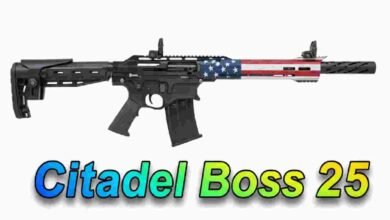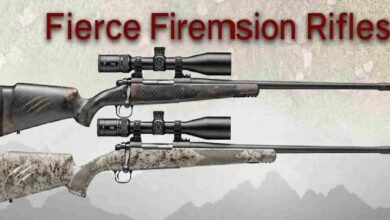Recurve Bow: The Complete Guide in 2025, Tips, and Top Picks
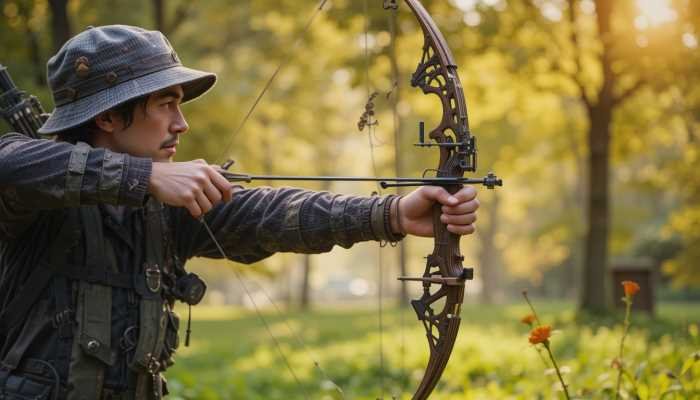
If you’re thinking of getting into archery, a recurve bow is a great place to start. Recurve-bows are simple, elegant, and powerful. Whether you’re aiming at a bullseye, going on a hunting trip, or training for the Olympics, the recurve-bow has something for everyone.
In this guide, we’ll break down everything you need to know. We’ll cover how to choose the best recurve bow, how to string it, its use in hunting and sports, and more.
- What Is a Recurve Bow?
- History of the Recurve Bow
- Parts of a Recurve Bow
- How to String a Recurve Bow
- Types of Recurve Bows
- Best Recurve Bow for Beginners
- Best Recurve Bow in 2025
- Recurve Bow Hunting
- Recurve Bow vs Compound Bow
- Recurve Bow String: What You Need to Know
- Takedown Recurve Bow: Why It’s Popular
- Bear Recurve Bow: A Classic Choice
- Recurve Bow Sights: Do You Need One?
- Olympic Recurve Bow: Archery at Its Peak
- Best Recurve Bow Accessories
- How to Maintain Your Recurve Bow
- Why Choose a Recurve Bow?
- Buying Guide: What to Look for in a Recurve Bow
- Conclusion
- FAQs
What Is a Recurve Bow?
A recurve-bow is a type of traditional bow with limbs that curve away from the archer when unstrung. This unique shape gives the bow more power and speed when shooting arrows. It is one of the oldest styles of bows, dating back thousands of years.
Recurve-bows are commonly used in Olympic archery, traditional archery, and even hunting.
History of the Recurve Bow
The recurve-bow has been around for centuries. Ancient warriors from Asia, the Middle East, and Europe used it. Civilizations like the Mongols, Persians, and Native Americans crafted recurve-bows for hunting and war.
Today, they remain popular thanks to their mix of tradition and performance. The Olympic recurve-bow is the only type allowed in Olympic Games, making it a choice of professionals worldwide.
Parts of a Recurve Bow
Understanding its parts helps you use it better:
Limbs: These are the curved parts that give the bow its power.
Riser: The center part you hold. It usually has the grip and mounting points.
Recurve-Bow String: The string that connects both limbs. It launches the arrow when released.
Arrow Rest: Holds the arrow in place before shooting.
Sight: Helps you aim better.
Stabilizers: Reduce vibrations for better accuracy.
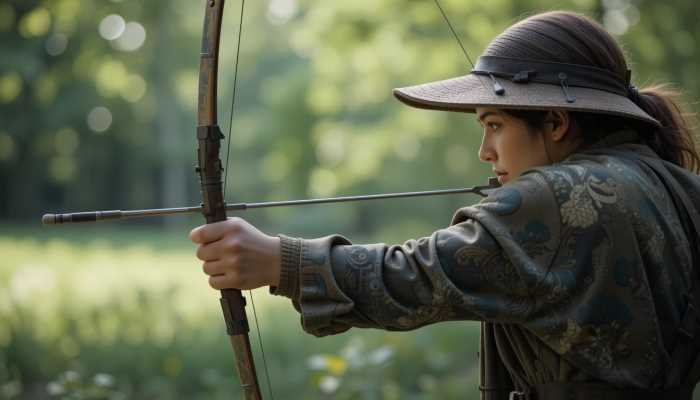
How to String a Recurve Bow
Knowing how to string a recurve-bow is a must for safety and performance.
Tools You Need
Bow stringer
Proper-sized string
Steps
Use the bow stringer by placing the pockets over each limb.
Step on the cord and pull the riser upward.
Slide the string into place.
Slowly release tension.
Never try stringing it by hand. It can damage the bow or cause injury.
Types of Recurve Bows
1. Takedown Recurve Bow
This model allows you to remove the limbs from the riser. It’s easy to carry and great for beginners. Many archers recommend the Samick Sage recurve-bow, a popular takedown option.
2. One-Piece Recurve Bow
As the name says, the limbs and riser are one unit. This type is stronger and more traditional.
3. Olympic Recurve Bow
Used in competitive archery, the Olympic recurve-bow includes sights, stabilizers, and clickers for high accuracy.
Best Recurve Bow for Beginners
If you are just starting, look for:
Lightweight design
Easy takedown features
Adjustable draw weight
Also Read: M24: A Complete Guide to the Rifle, Tank, and Weapon System
Top Recommendation: Samick Sage Recurve Bow
The Samick Sage recurve-bow is a favorite among beginners and experts. It’s affordable, well-built, and easy to upgrade.
Best Recurve Bow in 2025
Choosing the best recurve-bow depends on your goal—hunting, target shooting, or competition. Here are some top picks for 2025:
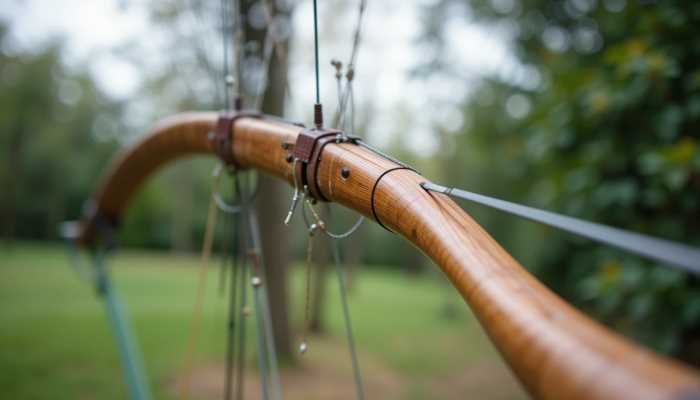
1. Bear Grizzly Recurve Bow
Ideal for hunting
Smooth draw
Solid design
2. Samick Sage Recurve Bow
Perfect for beginners
Takedown design
Budget-friendly
3. Hoyt Olympic Recurve Bow
Premium Olympic-level option
Customizable
Extremely accurate
4. Southwest Archery Spyder
Modern takedown design
Great balance
Available in various sizes
Recurve Bow Hunting
Yes, you can hunt with a recurve-bow! Recurve-bow hunting is challenging but rewarding. It requires skill, practice, and the right setup.
Tips for Hunting
Use heavier arrows.
Practice at closer ranges.
Choose a bow with 40+ lbs of draw weight.
Opt for bear recurve-bow or other strong models.
Always follow local hunting laws and safety rules.
Recurve Bow vs Compound Bow
People often ask: Recurve-bow vs compound bow—what’s better?
| Feature | Recurve Bow | Compound Bow |
|---|---|---|
| Design | Simple and traditional | Complex with pulleys |
| Maintenance | Easy | Requires tuning |
| Weight | Lightweight | Heavier |
| Cost | Budget-friendly | More expensive |
| Use | Target, hunting, Olympic | Hunting and target |
A recurve-bow is ideal for beginners and traditional archers. A compound bow suits those who want more power and tech.
Recurve Bow String: What You Need to Know
The recurve-bow string is a vital part of your gear. Choosing the right string improves performance and safety.
Types of Bow Strings
Dacron: Great for beginners. Soft and long-lasting.
Fast Flight: Used by professionals. Offers more speed but needs stronger limbs.
Always measure the right size—typically 4 inches shorter than the bow.
Takedown Recurve Bow: Why It’s Popular
A takedown recurve-bow lets you detach the limbs from the riser. It’s great for travel, easy to store, and you can upgrade parts.
Ideal for beginners and hunters, takedown bows are easy to assemble and maintain. The Samick Sage and Southwest Spyder are excellent examples.
Bear Recurve Bow: A Classic Choice
Bear Archery has been around since the 1930s. Their bear recurve-bow models are loved for reliability and power.
Popular Models
Bear Grizzly
Bear Super Kodiak
These bows are perfect for recurve-bow hunting and traditional archery lovers.
Recurve Bow Sights: Do You Need One?
A recurve-bow sight helps improve your aim. It’s useful for beginners and target shooters.
Types
Fixed Pin Sights: Set pins for different distances.
Adjustable Sights: Move the pin as needed.
Olympic archers use advanced sights for precision. But traditional archers often prefer no sight for a more instinctive style.
Olympic Recurve Bow: Archery at Its Peak
The Olympic recurve-bow is the only type allowed in the Olympics. It includes high-end parts like:
Stabilizers
Clickers
Advanced sights
Brands like Hoyt and Win&Win lead the market. These bows are designed for top accuracy and performance.
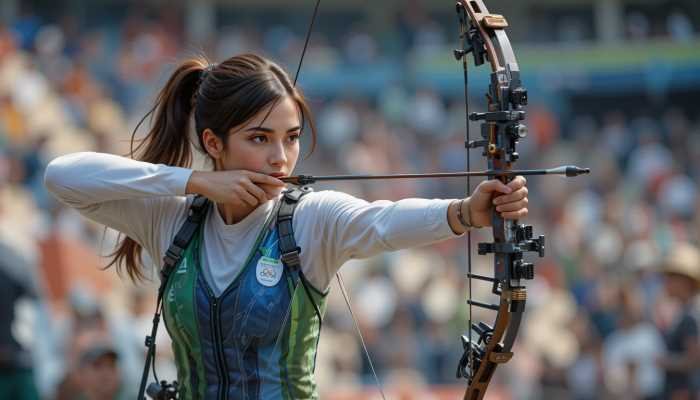
Best Recurve Bow Accessories
To get the most from your bow, consider adding:
Arm guard: Protects your forearm from string slap.
Finger tab or glove: Keeps fingers safe.
Bow stringer: Makes stringing safe and easy.
Quiver: Holds arrows.
Sight and stabilizer: For better aim and balance.
How to Maintain Your Recurve Bow
Regular Care
Unstring the bow when not in use.
Keep it dry and clean.
Check limbs and string for wear.
String Maintenance
Wax the string regularly.
Replace frayed strings.
Why Choose a Recurve Bow?
Simple to use
Great for beginners
Versatile for hunting and sport
Affordable and easy to maintain
Whether you’re buying your first bow or upgrading, the best recurve-bow fits your style and goal.
Also Read: Bloodborne Weapons: Ranking the Finest Tools of the Hunt
Buying Guide: What to Look for in a Recurve Bow
1. Draw Weight
This is how much force is needed to pull the string. Beginners can start at 20–30 lbs. For recurve-bow hunting, you need 40+ lbs.
2. Draw Length
Match your arm length. Most bows offer guides for size.
3. Bow Length
Longer bows are more accurate. Shorter ones are easier to handle.
4. Materials
Wood, carbon, and fiberglass are common. Choose based on your preference and use.
Conclusion
The recurve-bow is a timeless tool. From beginners to Olympic champions, it serves all levels of archers. With simple maintenance, affordable options, and a variety of types, there’s a recurve-bow for everyone.
Whether you’re learning how to string a recurve-bow, choosing a takedown recurve-bow, or hunting with a bear recurve-bow, the journey is exciting. Pick the right gear, practice regularly, and enjoy the sport.
FAQs
Q1: What is the best recurve bow for beginners?
A: The Samick Sage recurve-bow is widely recommended for beginners. It’s easy to use, upgradeable, and affordable.
Q2: Can I use a recurve bow for hunting?
A: Yes, recurve-bow hunting is legal in many places. Make sure your bow has at least 40 lbs of draw weight and check local hunting rules.
Q3: How do I string a recurve bow safely?
A: Use a bow stringer tool. It helps you safely apply the recurve-bow string without damaging the limbs or hurting yourself.

